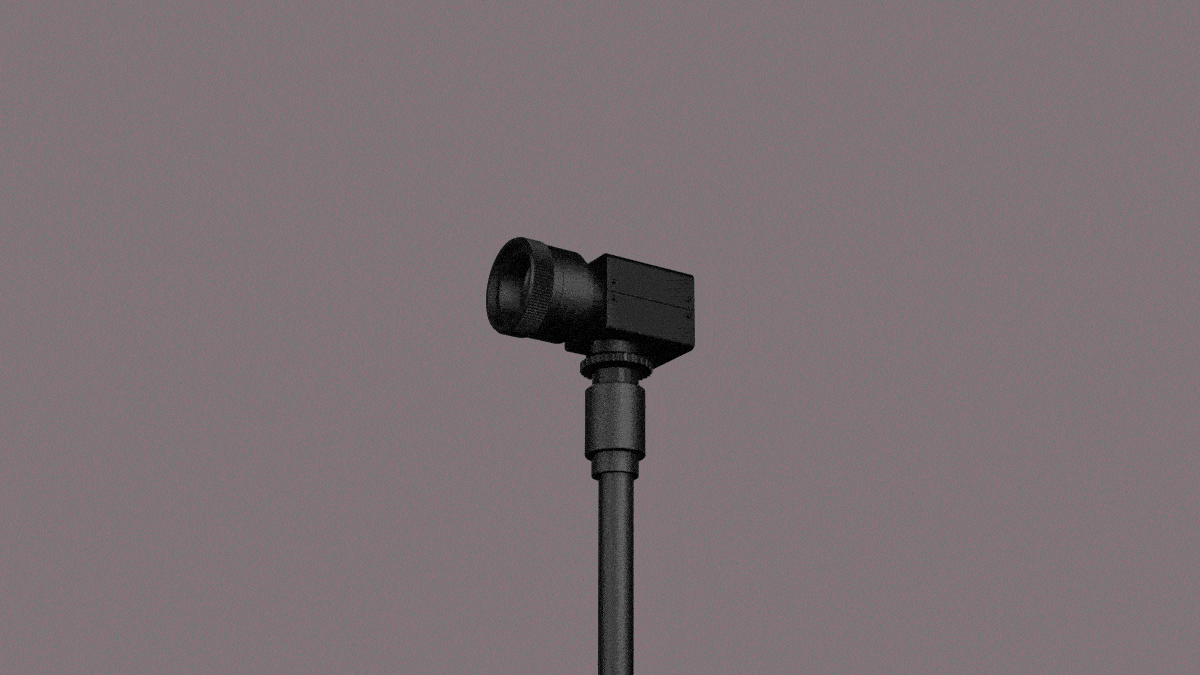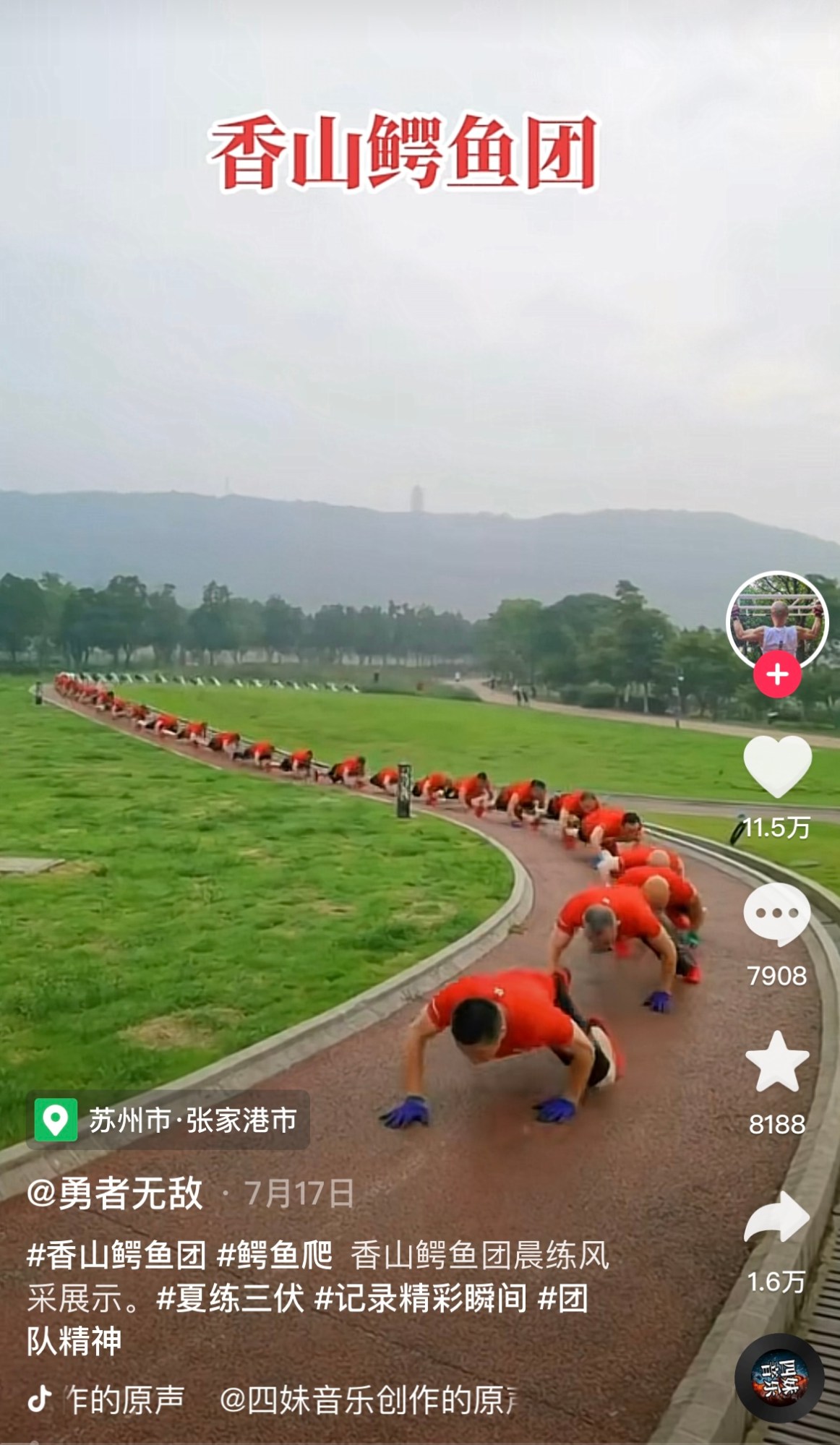The complicated danger of surveillance states
Surveillance is not just a Chinese problem. Singapore serves as another example of how governments could easily buy into surveillance tech.

China Report is MIT Technology Review’s newsletter about what's happening in China. Sign up to receive it in your inbox every Tuesday.
Welcome back to China Report!
I recently had a very interesting conversation with Wall Street Journal reporters Josh Chin and Liza Lin. They wrote a new book called Surveillance State, which explores how China is leading the global experiment in using surveillance tech.
We covered a lot of important topics: how covid offered the ideal context to justify expanding government surveillance, how the world should respond to China, and even philosophical questions about how people perceive privacy. You can read the takeaways in full here.
But in this newsletter, I want to share a few extra snippets from our conversation that have really stuck with me.
Chin and Lin are very clearheaded about the fact that the emergence of the surveillance state is not just a problem in China. Countries with democratic institutions can be and have already been attracted to surveillance tech for its (often artificial) promises. Singapore, where Lin is from, is a great example.
When Lin was living in Shanghai in 2018, she used to count the number of surveillance cameras she would see every day. As she told me:
I remember one day walking from my apartment to Lao Xi Men station in Shanghai, and there were 17 cameras just from the entrance of that subway station to where you scan your tickets. Seventeen cameras! All owned by various safety departments, and maybe the metro department as well.
She thought this phenomenon would be unique to China—but when she later moved back to Singapore, she found out she was wrong.
Once I started going back [to Singapore] in 2019 and 2020, it [had] started to embrace the same ideas that China had in terms of a “safe city.” I saw cameras popping up at road intersections that catch cars that are speeding, and then you saw cameras popping up at the subway.
Even her son has picked up her habit, but this time in Singapore.
He “is now counting the number of cameras when we walk through the subway tunnel just to get to the station,” Lin says. “He's like, ‘Mommy, that’s the police.’”
We also talked about the impact of the pandemic on surveillance tech. In China, tracing the virus’s spread became another justification for the government to collect data on its citizens, and it further normalized the presence of mass surveillance infrastructure.
Lin told me that the same kind of tracking, if to a lesser extent, happened in Singapore. In March 2020 the country launched an app called TraceTogether, which uses Bluetooth to identify close contacts of people who tested positive for covid. In addition to the mobile app, there were even Apple Watch–size gadgets given to people who don’t use smartphones.
Over 92% of the population in Singapore eventually used the app. “They didn’t say it was compulsory,” Lin told me. “But just like in China, you couldn’t enter public places if you didn’t have that contact tracing app.”
And once the pandemic surveillance infrastructure was in place, the police wasted no time in taking advantage of it.
Chin: I thought this was really telling. Initially, when they rolled it out, they were like, “This will be strictly for health monitoring. No other government agencies are going to have access to the data.” That includes the police. And they made an explicit promise to get people to buy in. And then, I can’t remember how much longer …
Lin: Within that same year.
Chin: Yeah, within the same year, the police were using that technology to track suspects, and they basically openly said: “Well, we changed our minds.”
Lin: And there was a public pushback to that. And now they stopped doing it. It’s just an example of how easily one use can lead to another.
The pushback led the Singaporean parliament to pass a bill in February 2021 to restrict police use of TraceTogether data. State forces are still able to access the data now, but they need to go through a stricter process to get permission.
It’s easy to imagine that not all countries will respond the same way. Several Asian countries were at the forefront of adopting covid tracing apps, and it’s not yet clear how the relevant authorities will deal with the data they collected along the way. So it was a pleasant surprise when I read that Thailand, which pushed for its own covid app, named MorChana, announced in June that it would close down the app and delete all relevant data.
Since our conversation, I keep thinking about what the pandemic has meant for surveillance tech. For one thing, I think it helped illustrate that surveillance is not an abstract “evil” that all “good” societies would naturally object to. Rather, there’s a nuanced balance between privacy and social needs like public health. And it’s precisely for this reason that we should expect to see governments around the world, including democracies, keep citing new reasons to justify using surveillance tech. There will always be some sort of crisis to respond to, right?
Instead of relying on governments to be responsible with data and self-correct when it makes mistakes, Chin and Lin argued, it’s important to start recognizing the harm of surveillance tech early, and to craft regulations that safeguard against those dangers.
How do you think countries should approach surveillance tech? Let me know your thoughts at zeyi@technologyreview.com
Catch up with China
1. Using the medical records of Li Wenliang, the Chinese doctor and covid whistleblower who died in Wuhan in February 2020, reporters were able to reconstruct his final days. They confirmed that doctors were pushed to use excessive resuscitation measures in order to show that his care was not compromised. (The New York Times $)
2. The Biden administration will block international companies, not just American ones, from selling advanced chips and relevant tools to certain Chinese companies. (Reuters $)
- Of course, Chinese companies will look for workarounds: already, a startup run by a former Huawei executive is building a semiconductor manufacturing factory in Shenzhen. It may help Huawei circumvent US chip export controls. (Bloomberg $)
- On Monday, $240 billion in Asian chip companies’ stock market value was wiped out as traders predicted the new controls will hurt their sales. (Bloomberg $)
- The chip export control is the latest in a series of administrative actions intended to restrict China’s efforts to advance in critical technologies. I wrote a primer last month to help you understand them. (MIT Technology Review)
3. Chinese electric-vehicle companies are hungry for lithium mines and spending big bucks around the world to secure supply. (Tech Crunch)
4. Social media influencers are persuading young parents in China to take drastic measures to ensure that their babies conform to traditional beauty standards. (Sixth Tone)
5. The almighty algorithms of Douyin, China’s domestic version of TikTok, are failing to understand audio in Cantonese and suspending live streams for “unrecognized languages.” (South China Morning Post $)
6. To reduce its dependence on China for manufacturing, Apple wants to make its flagship iPhones in India. (BBC)
Lost in translation
Since 2015, banks and fintech platforms have popularized the use of facial verification to make payments faster and more convenient. But that’s also come with a high risk that facial recognition data could be hacked or leaked.
So it’s probably to no one’s surprise that “paying with your face” has already gone quite wrong in China. The Chinese publication Caijing recently reported on a mysterious scam case in which criminals were able to bypass the bank’s facial recognition verification process and withdraw money from a victim’s account, even though she didn’t provide her face. Experts concluded that the criminals likely tricked the bank’s security system through a combination of illegally obtained biometric data and other technical tools. According to local court documents, identity documents, bank account information, and facial recognition data are sometimes sold on the black market at the price of just $7 to $14 per individual account.
One more thing
Nothing can stop Chinese grandpas and grandmas from coming up with innovative ways to stay fit. After square dancing, marching in line formation, and other exercises I don’t even know how to describe, the latest trend is the “crocodile crawl,” in which they crawl on all fours after one another on a jogging track. I mean, it does look like a full-body workout, so you might as well try it sometime?

See you next week!
Zeyi
Deep Dive
Policy
Is there anything more fascinating than a hidden world?
Some hidden worlds--whether in space, deep in the ocean, or in the form of waves or microbes--remain stubbornly unseen. Here's how technology is being used to reveal them.
What Luddites can teach us about resisting an automated future
Opposing technology isn’t antithetical to progress.
A brief, weird history of brainwashing
L. Ron Hubbard, Operation Midnight Climax, and stochastic terrorism—the race for mind control changed America forever.
Africa’s push to regulate AI starts now
AI is expanding across the continent and new policies are taking shape. But poor digital infrastructure and regulatory bottlenecks could slow adoption.
Stay connected
Get the latest updates from
MIT Technology Review
Discover special offers, top stories, upcoming events, and more.